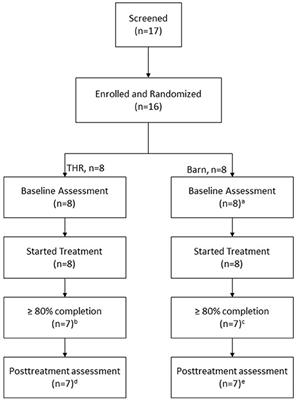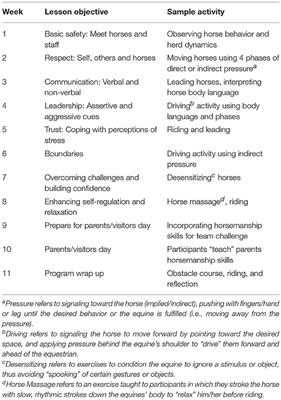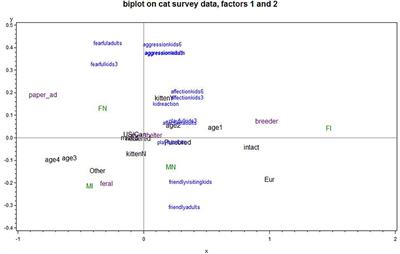EDITORIAL
Published on 18 Feb 2020
Editorial: Human-Animal Interaction (HAI) Research: A Decade of Progress
doi 10.3389/fvets.2020.00044
- 7,006 views
- 27 citations
32k
Total downloads
237k
Total views and downloads
EDITORIAL
Published on 18 Feb 2020
OPINION
Published on 20 Dec 2019
HYPOTHESIS AND THEORY
Published on 14 May 2019

ORIGINAL RESEARCH
Published on 14 Jan 2019

ORIGINAL RESEARCH
Published on 11 Dec 2018

ORIGINAL RESEARCH
Published on 04 Dec 2018

OPINION
Published on 30 Nov 2018

ORIGINAL RESEARCH
Published on 26 Nov 2018

ORIGINAL RESEARCH
Published on 20 Nov 2018

ORIGINAL RESEARCH
Published on 19 Nov 2018

METHODS
Published on 08 Nov 2018

ORIGINAL RESEARCH
Published on 02 Nov 2018

